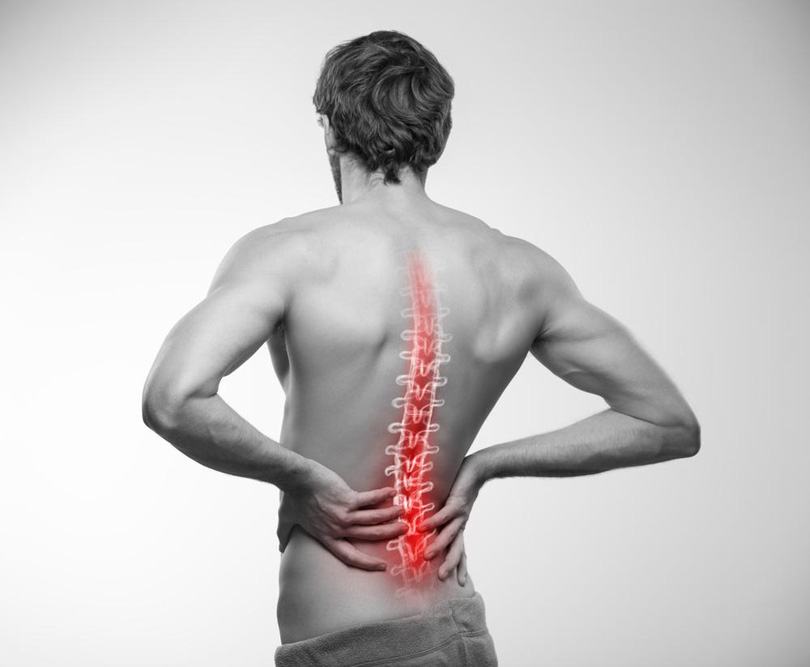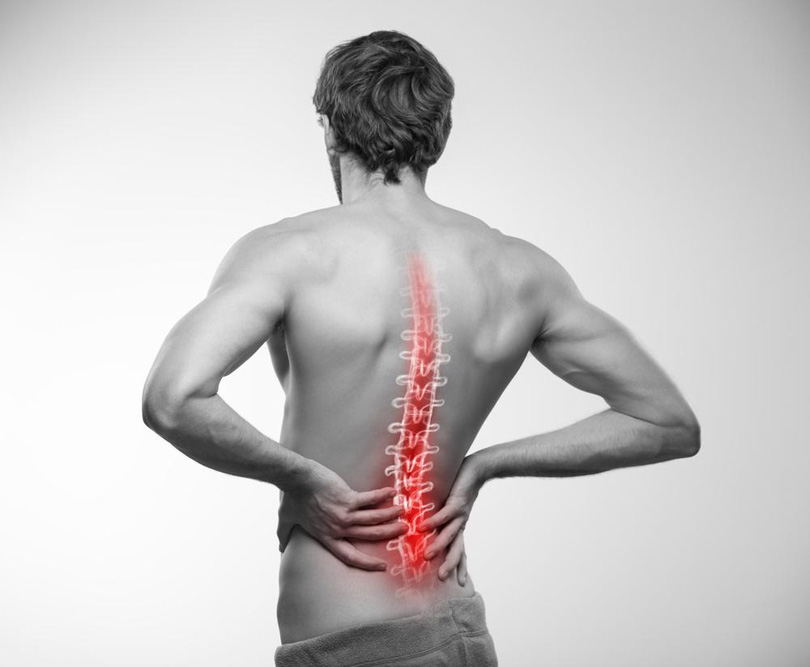How to Differentiate Between Back Pain and Kidney Pain: A Comprehensive Guide
This comprehensive guide explains how to distinguish between back discomfort and kidney pain, highlighting key symptoms, causes, and when to seek medical treatment. Recognizing these differences ensures timely intervention and better health outcomes, especially for infections, stones, or severe back issues.

Understanding the Key Differences Between Back Discomfort and Kidney Pain
The human kidneys are vital organs situated on either side of your lower back, roughly level with your waistline and just above the pelvic region. Because this anatomical placement overlaps with areas commonly associated with general back pain, many individuals may find it challenging to distinguish whether their discomfort originates from their kidneys or from musculoskeletal issues. Recognizing the subtle but critical differences between these types of pain is crucial for prompt and appropriate treatment. This guide aims to help you understand these differences, identify potential causes, and determine when to seek medical attention.
Back discomfort and kidney pain, although similar in location, tend to have distinctive features. For instance, kidney pain often presents with specific accompanying symptoms that set it apart from typical backache. Recognizing these signs early can lead to timely intervention and prevent complications.
Common signs of kidney pain include:
Localized pain on one or both sides of the lower back, extending toward the groin area, generally situated above the pelvic region.
Nausea, vomiting, or an overall feeling of discomfort and unease that does not improve with rest.
Fever and elevated body temperature, indicating possible infection.
Changes in urination patterns, such as frequent urination, cloudy urine, or urine with blood — a sign of possible kidney stones or infections.
An important observation is that kidney pain typically does not involve visible external swelling or tenderness unless there is an underlying tumor or severe infection. Furthermore, the affected area may not be tender to touch, except in cases where inflammation or swelling extends to the surrounding tissues.In contrast, typical back pain usually exhibits the following characteristics:
A dull, persistent ache often localized to a specific region.
The pain tends to fluctuate with movement, activity, or changes in posture, and may worsen after prolonged sitting or strenuous activity.
External tenderness is common; pressing on the affected area often reproduces the pain.
Fever is generally absent unless an infectious or inflammatory process extends into the muscles or soft tissues.
Back pain commonly results from muscular strain, ligament sprains, or inflammation of the soft tissues. Severe back conditions such as nerve impingements, herniated discs, or spinal injuries can cause intense pain, sometimes accompanied by neurological symptoms like numbness or weakness.What are the typical causes of kidney pain? These include:
Kidney infections, which lead to inflammation and swelling.
Kidney stones obstructing the ureter, causing sharp, cramping pain when passing through narrow urinary channels.
Chronic kidney conditions such as polycystic kidney disease, urinary blockages, or tumors that cause dull, persistent pain in the kidney region.
Conversely, common reasons for back pain encompass:Injury or trauma resulting from falls, lifting heavy objects, or sudden movements.
Muscle or ligament inflammation due to overexertion or poor posture.
Structural issues like spinal fractures, herniated discs, or degenerative diseases such as osteoporosis or arthritis.
Pregnancy-related discomfort, particularly in the lower back, due to physiological and hormonal changes.
Recognizing when to seek medical attention is vital. Mild back pain often improves with rest, stretching, and over-the-counter remedies. However, persistent pain lasting longer than a week, especially if accompanied by additional symptoms like fever, nausea, blood in urine, or worsening discomfort, requires prompt assessment by a healthcare professional.
If you experience symptoms suggestive of kidney involvement—such as severe flank pain, fever, chills, or abnormal urination—seek medical care immediately. Early diagnosis and treatment of kidney infections, stones, or other renal issues can prevent serious complications, including the need for invasive procedures or long-term damage.
Incases where back pain is severe, sudden, or associated with loss of bladder or bowel control, emergency medical attention is necessary. Understanding the differences between back and kidney pain empowers you to make informed decisions about your health and ensures you receive the appropriate care promptly.





